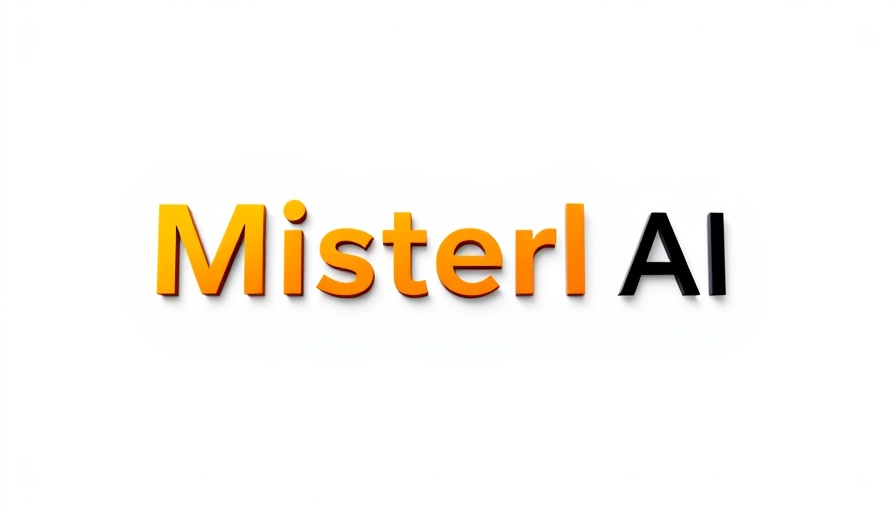
California's AI Regulation Front: A Historic Move
On September 8, 2025, Anthropic, a leading AI research organization, threw its weight behind California's groundbreaking SB 53 bill. This legislation seeks to implement substantial transparency requirements aimed at large AI developers, positioning California as a pioneer in AI governance. With increasing concerns over the safety and ethical implications of artificial intelligence, such bills might signal a crucial turning point in how emerging technologies are regulated.
Understanding SB 53: What’s At Stake?
The core of SB 53 revolves around stringent safety measures that frontier AI developers, like Anthropic and OpenAI, would need to adopt. If passed, these developers will be mandated to devise safety frameworks and disclose public safety reports before the deployment of powerful AI models. According to Senator Scott Wiener, the bill specifically targets 'catastrophic risks' associated with AI usage, defining this as scenarios that could either lead to substantial loss of life or significant property damage. By honing in on extreme risks, this legislation distinguishes itself from more common concerns, such as misinformation and deepfakes.
A Shift from Reactive to Proactive Governance
Anthropic's endorsement emphasizes a vital aspect of the bill: the need for 'thoughtful' AI governance. In a world where AI development is racing ahead at breakneck speed, legislators face a pressing challenge to mitigate risks associated with these technologies. The company’s assertion that AI safety is best approached at the federal level speaks to a broader debate about the effectiveness of state regulations. Nevertheless, their support for SB 53 signifies a commitment to proactive governance, urging for frameworks that ensure safety before crises arise.
Pushback and Opposition: A Tug of War Over Innovation
Interestingly, SB 53 has not been without its critics. Major tech groups, such as the Consumer Technology Association and the Chamber for Progress, have been lobbying against the bill, claiming that it could stifle innovation. The Silicon Valley ethos has traditionally championed minimal regulations, arguing that technology should evolve freely in the marketplace. Investors from prominent firms, including Andreessen Horowitz and Y Combinator, have expressed concerns that state-level regulations may infringe on constitutional rights regarding interstate commerce, a concern echoed in recent statements against AI safety legislation.
Perspectives on AI Safety: Balancing Risk and Progress
The discussion around SB 53 highlights a critical balancing act between ensuring public safety and promoting technological advancement. As society becomes increasingly reliant on AI for various applications—ranging from healthcare to financial services—legislating its ethical use becomes paramount. This tension raises questions about who should dictate the terms of AI governance: should it be the states, the federal government, or even an international body?
Looking Ahead: Future Predictions and Trends
As California moves forward with SB 53, the implications for AI governance could resonate far beyond the state's borders. Should this bill become law, we may witness a ripple effect prompting other states to consider similar measures. The global race for AI innovation, especially in light of international competition, underscores the urgency for a coherent policy framework. The discussions spurred by SB 53 may catalyze a more unified federal approach to regulating AI technologies, ensuring safety while fostering innovation.
Call to Action: Engage in the Conversation
As the discourse surrounding AI regulation continues, it is crucial for individuals and organizations alike to engage actively. Understanding the implications of legislation like SB 53 not only informs responsible AI development but also empowers citizens to voice their opinions on the framework governing emerging technologies. Stay informed, participate in discussions, and advocate for responsible AI governance to shape a balanced technological future.
 Add Row
Add Row  Add
Add 




Write A Comment